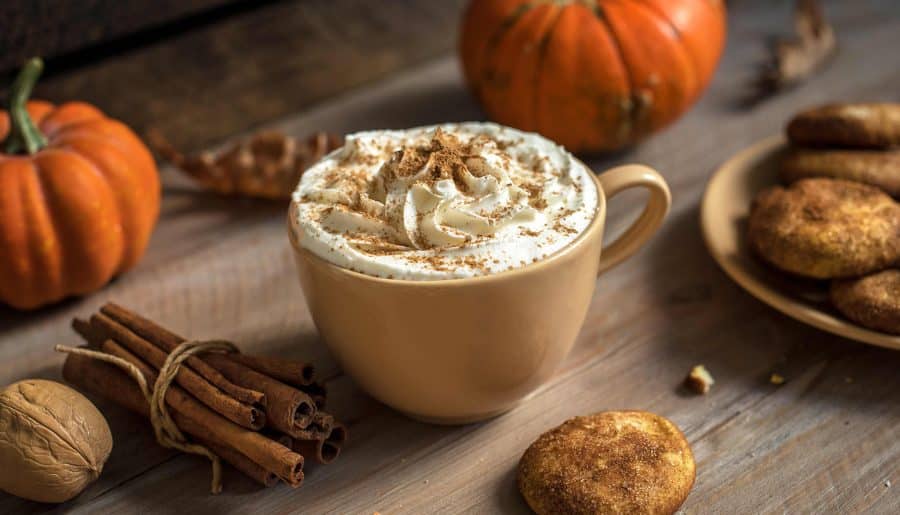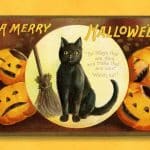When we hear the words“fall” or “autumn,” most of us instantly think of pumpkins sitting on porches, leaves changing to orange and red, and then falling off the trees.
We also start thinking about comfy sweaters, getting ready for Halloween, spending time with family at Thanksgiving, the smell of spices, and enjoying that first warm mug of apple cider.
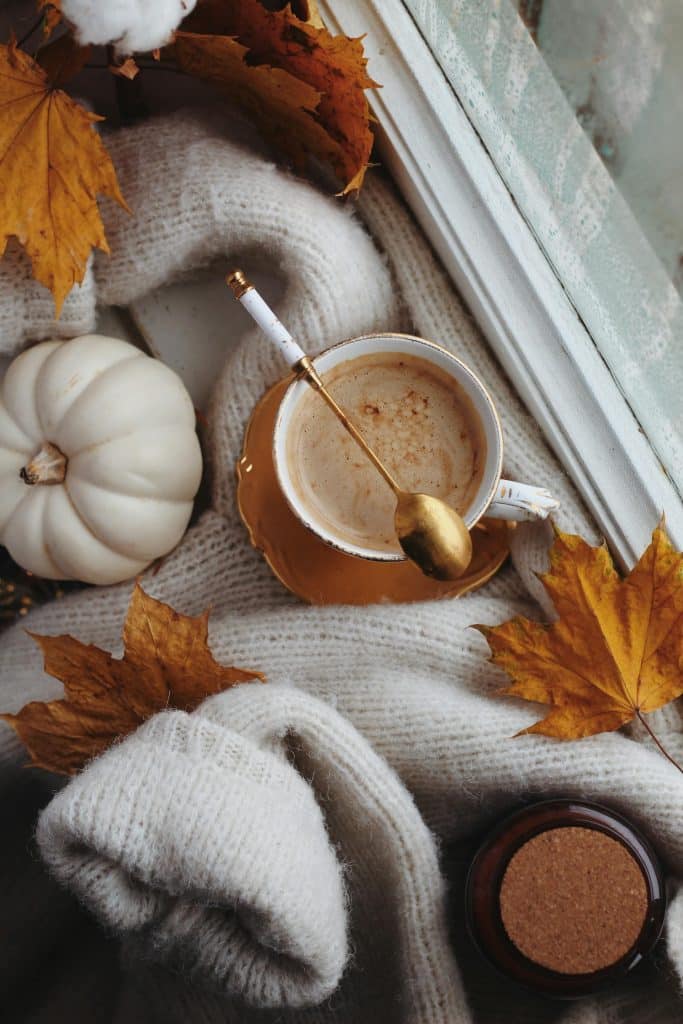
But there’s also another one that somewhat signals the start of this season – the pumpkin spice flavor. As soon as autumn starts, this fall favorite makes its way onto shelves, menus, recipes, and social media – not to mention that many people look forward to it.
You can even see famous brands such as Starbucks launch seasonal drinks like the Pumpkin spice latte, Dunkin’ with their pumpkin-spice drinks, or 7-Eleven with their pumpkin-spice Slurpee.
Now, you might wonder, “How did pumpkin spice become the flavor of fall?”
If you’re curious, read on. I’ll tell you the history of pumpkin spice and how it became popular!
What Is Pumpkin Spice?
Now, what is pumpkin spice?
Despite its name, pumpkin spice doesn’t actually contain any pumpkin. Instead, it’s a combination of spices created to make pumpkin pie taste better. This mix usually includes cinnamon, nutmeg, ginger, cloves, and sometimes allspice.
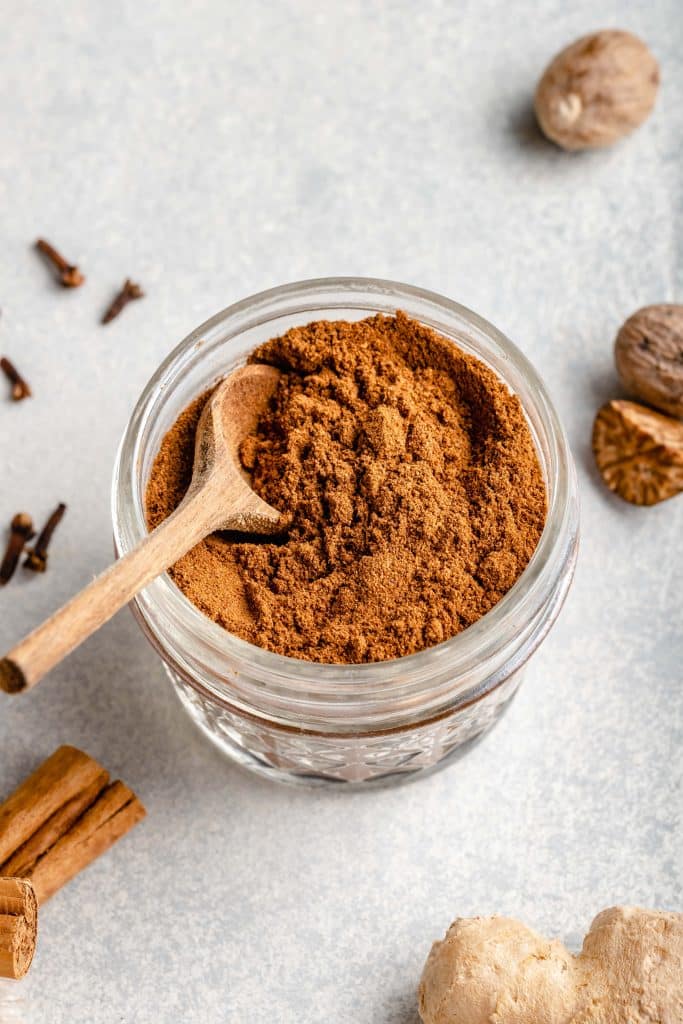
The spices were mixed together in one bottle so that people didn’t have to measure each spice separately anymore, especially when they mixed it in food and drinks, like lattes and baked goods.
The History of Pumpkin Spice
In the 1600s, the first American settlers made a simple pumpkin pie with a version of pumpkin pie spice, but they just called it “spices.” Throughout the years, many recipes mentioned pumpkin pie spice, but there’s no store-bought spice mix that people could buy instantly.
The first record of pumpkin spice in the U.S. is from a cookbook called “American Cookery” by Amelia Simmons, published in 1796. This book had a “pompkin pie” recipe with spices like nutmeg, mace, ginger, and allspice.
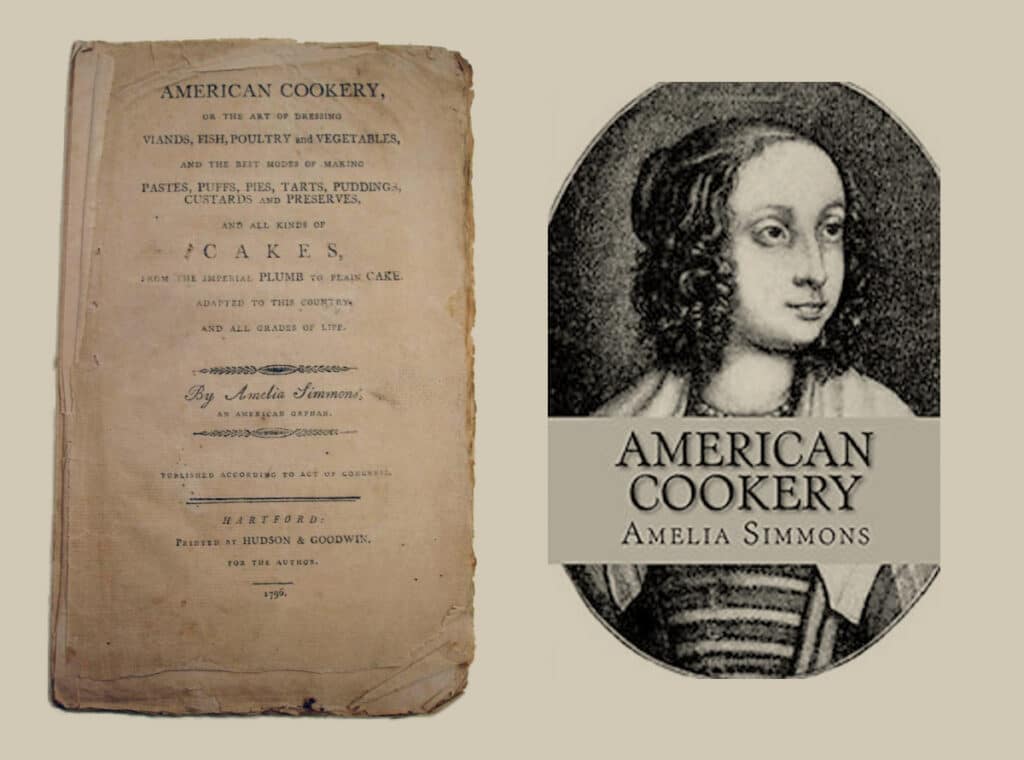
Then, in 1934, McCormick and Company made their own pumpkin pie spice. They thought it would help people make tastier pumpkin pies when canned pumpkins became available.
McCormick was the first company to sell pumpkin pie spice commercially, and you can still find it today.
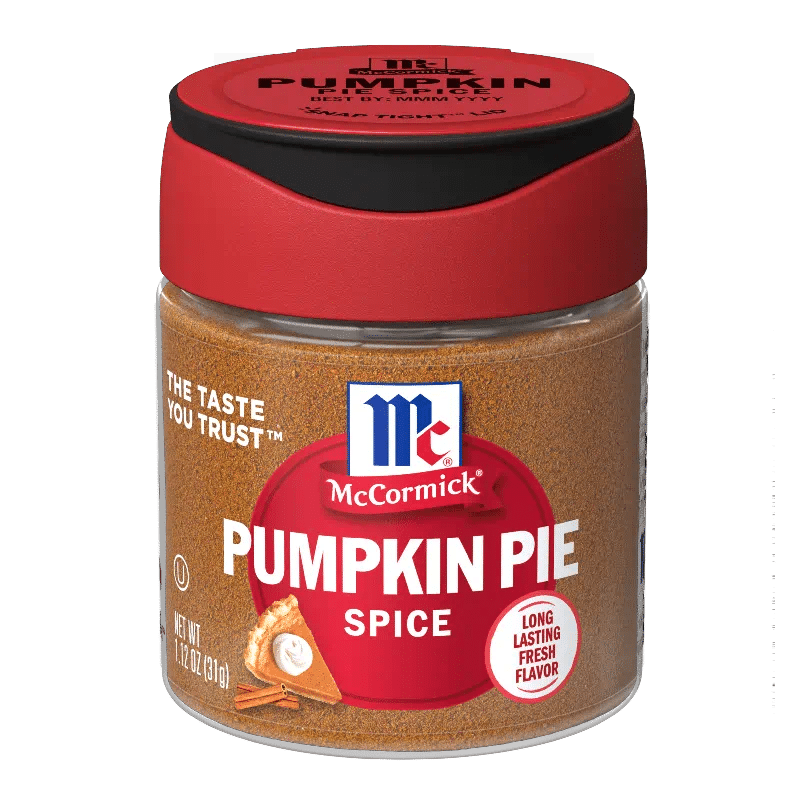
After launching it, McCormick also shared recipes on how to use their pumpkin spice product besides the traditional pumpkin pie. They included recipes for other foods like pumpkin fettuccine, pumpkin spice, and apple soup.
And here’s a fun fact: most pumpkin spice lattes didn’t contain real pumpkins until 2015.
Now, How Did It Became Popular?
The first Pumpkin Spice Latte was created at Starbucks’ Seattle “Liquid Lab” in 2003. The team wanted to create a fall drink that could be as popular as their winter holiday drinks.
Peter Dukes, who was a product manager on Starbucks’ espresso team in 2002, led the Pumpkin Spice Latte (PSL) project. He and his team brainstormed about many fall flavors that people will love, like hazelnut, apple, cinnamon, chocolate, and caramel, including pumpkin, in a long list of over 100 ideas.
Dukes said, “Everyone has their own unique pumpkin pie recipes, and so (what) we did is we actually would chunk up a pumpkin pie and pour a shot of espresso on it and eat it.”
Their experiments helped them get the recipe just right, and by 2003, the Pumpkin Spice Latte was launched.
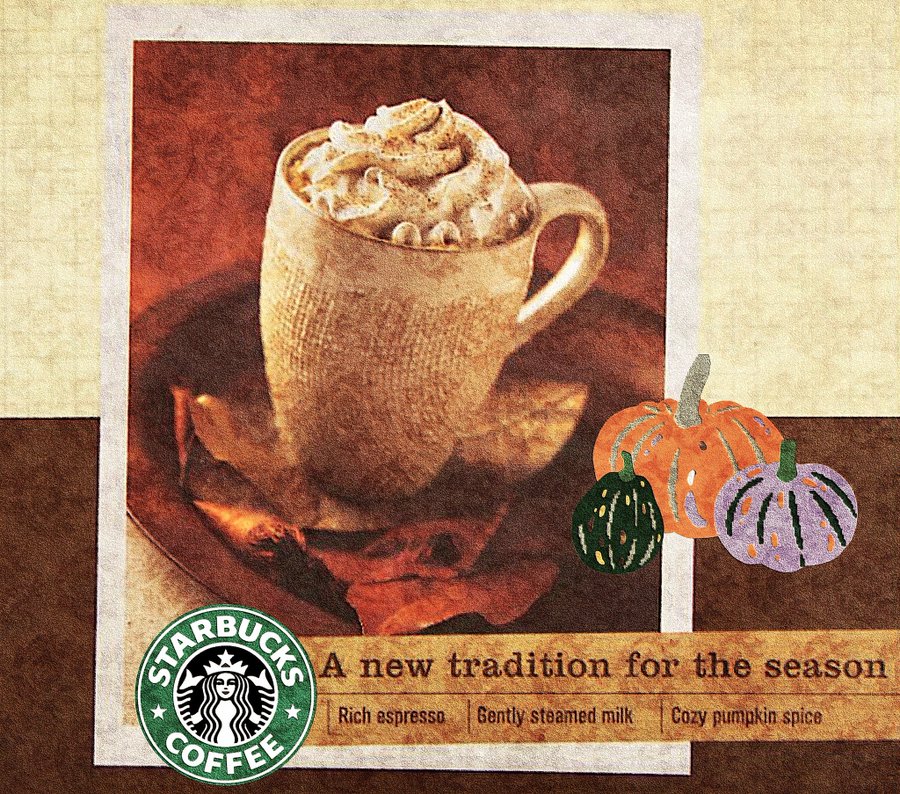
The recipe for the pumpkin spice latte or PSL is quite simple—it’s a mix of pumpkin spice syrup (which is basically pumpkin puree, sugar, and milk, with no actual pumpkin spice), espresso, whipped cream, and a pumpkin spice topping (a mix of cinnamon, ginger, nutmeg, and clove).
It was first tested in 100 stores in 2003 and became available all over the U.S. in Starbucks by 2004. It’s now a staple on the store’s menu. Since then, Starbucks has sold more than 400 million pumpkin spice lattes.
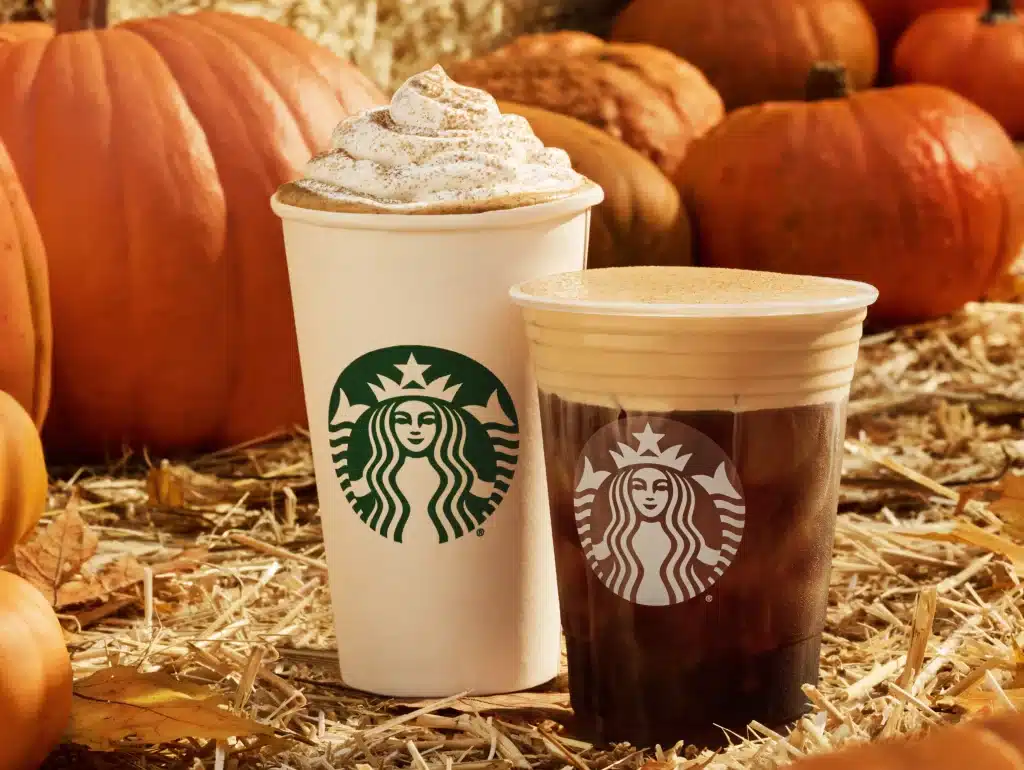
Seeing how well Starbucks did, other big companies like Dunkin’, Tim Hortons, and McDonald’s created their versions of the PSL. Some have even started adding pumpkin spice flavors to everything from dog treats and Oreos to yogurt, pumpkin spice-scented candles, bathroom sprays, lip balms, and deodorants.
Why Has it Become the Flavor of Fall?
The truth is that pumpkin spice became the fall flavor because of its smell and nostalgia. If you had pumpkin pie during holiday celebrations or carved pumpkins with your family for Halloween as a kid, you will likely connect pumpkins and pumpkin spice with autumn.
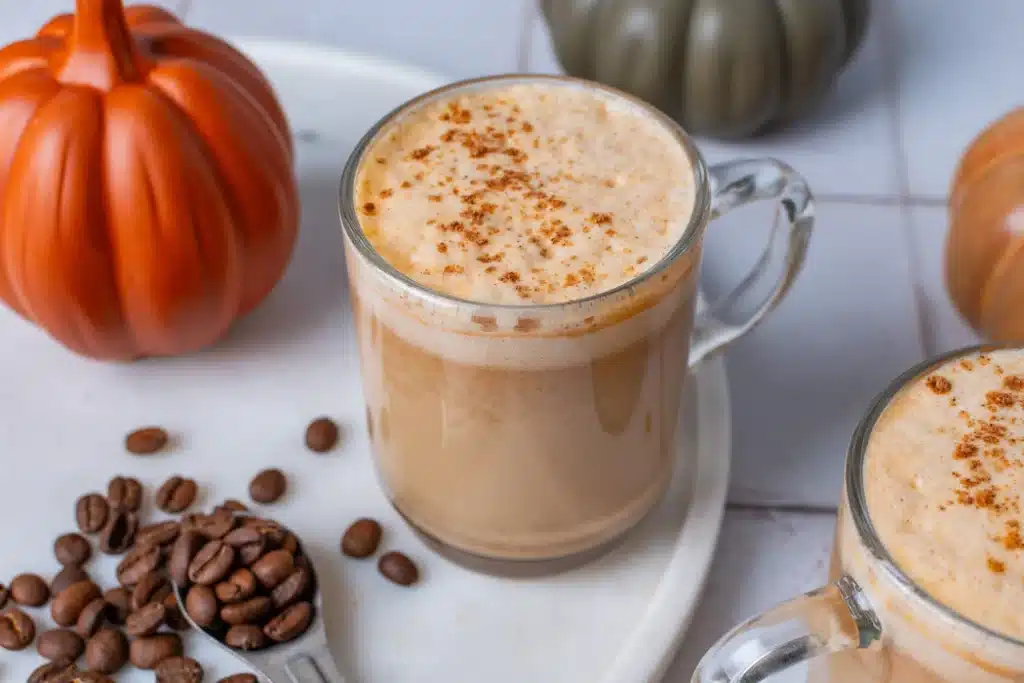
Many brands jumped on the bandwagon by making pumpkin spice things that many people love and marketed them heavily until Halloween. Some say it’s also all about supply and demand.
Pumpkin spice goodies are only around for a short time each year, starting in late summer and going until just after Thanksgiving. Once they’re gone, they’re gone for nine long months, which makes people want them even more.
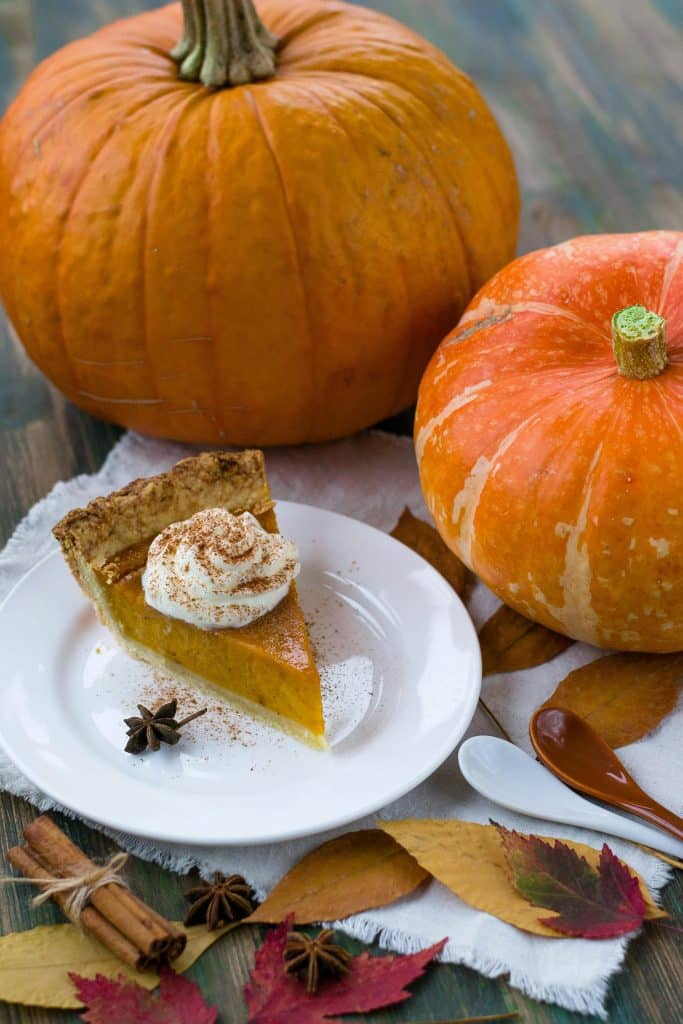
Sarah Cormiea, a postdoctoral researcher in the Neurology Department at the University of Pennsylvania, explains, “Information about smells skips the thalamus and goes straight to the cortex. This gives odors in our environment (and in the foods we eat) a sort of direct access to higher-level processing areas in the brain.”
It means the smells go straight to our brain’s emotion and memory zones without stopping at the usual brain checkpoint. The smells can directly trigger vivid memories. Since what we taste is closely tied to what we smell, our brains treat it like a happy memory when we taste (and smell) pumpkin spice.
Do you think pumpkin spice is overrated, or are you a big pumpkin spice fan? What are your favorite pumpkin spice foods? Comment below and let us know!
